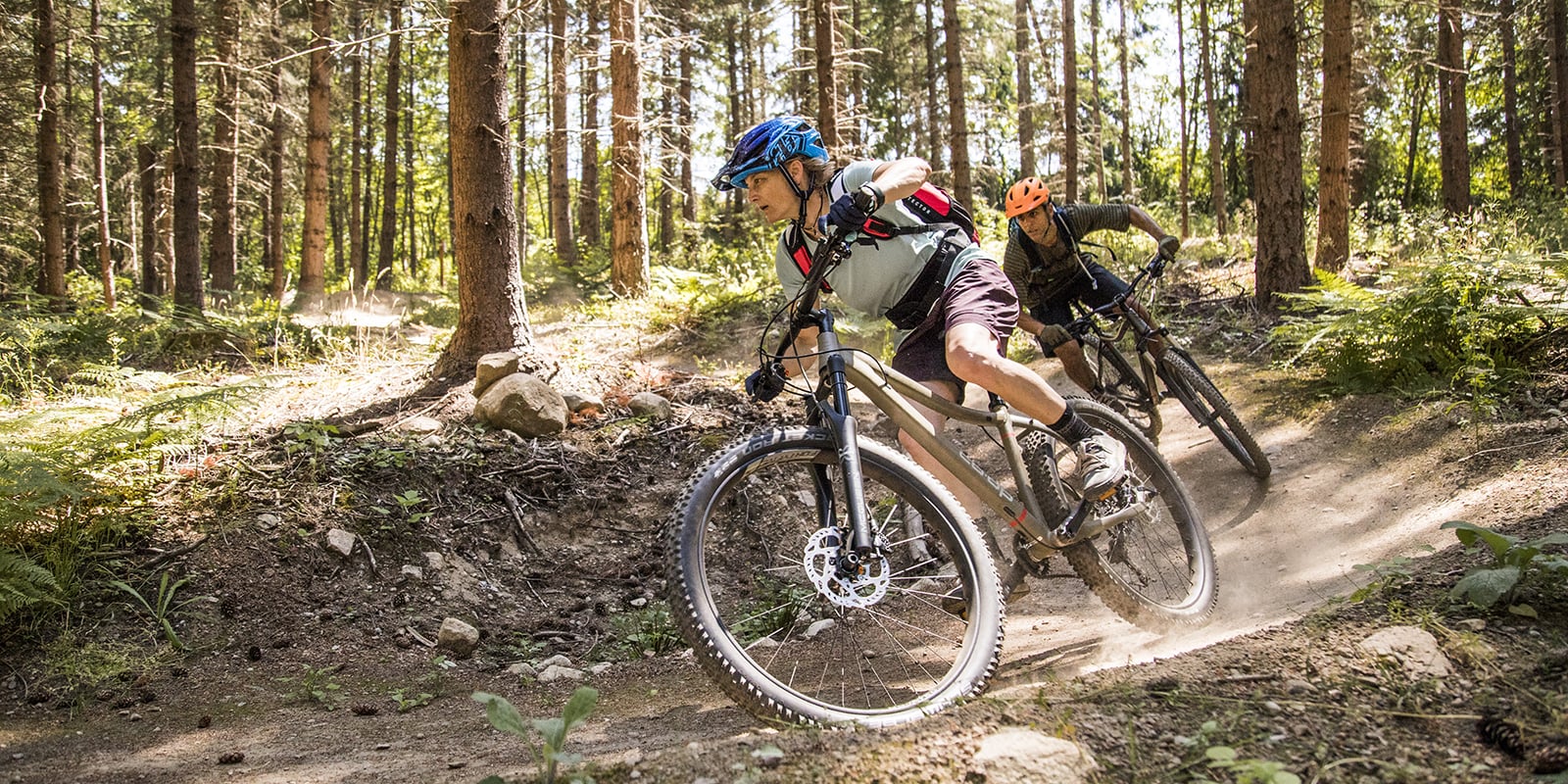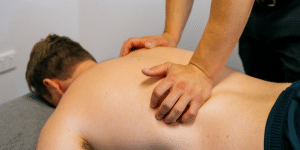Getting Comfortable on the Bike 101

with Dan Lovegrove, Ethos Health physio and cycling nut
Physiotherapist Dan Lovegrove is our resident cycling guru – if he’s not riding, he’s frame building, fixing, modifying, window-shopping, talking, or at least thinking about bikes. He even worked in a bike shop while studying physio at Newcastle University, so it’s safe to assume he knows his stuff!
We had a short Q&A with Dan on common injuries and injury prevention associated with cycling. For the purposes of this interview, we’re talking about people that ride recreationally up to those at a semi-serious competitive level. As there is such a difference between recreational, mountain, and road bikes, we’ve split them up to help you find the pearls of wisdom that may apply to you.
Recreational or Hybrid Bikes
When it comes to recreational cycling, what are the top 3 complaints, and how do I solve them?
The first one, and this mainly affects people that haven’t ridden for a while, is a sore bum. Now we can all laugh, but the truth is lots of people have great intentions to start riding but don’t enjoy the first few rides, so the bike goes back into the shed to gather dust. To fix this, try:
- Padded bike pants or shorts – everyone who is half way serious wears them because they work
- A different saddle – lots of bike shops have test saddles you can try before you buy
- Recognise that if your body isn’t used to pressure in that area, it can take a little while to get used to it
The second one is hand pain and numbness related to excessive pressure through the wrists on the handlebars. Again, this can be an easy fix. Consider trying:
- Raising the handlebars and shortening the stem to reduce weight through your hands (the bike shop can do this for you)
- Padded gloves or grips that are thicker, have extra padding, or are ergonomically designed to spread the load (buy these from the bike shop and fit yourself)
- Avoid wrist hyper-extension by making sure your brake levers point down a little (not up!). The brakes should be parallel to your forearms
Lastly, lower back pain is a common complaint among recreational riders, especially once they get a bit fitter and start spending longer on the bike. Here are some quick fix tips to try:
- Raise the seat height (it’s often too low), aim for an angle of 150-1600 at the back of your knee with your foot at the bottom of the pedal stroke
- Try stretching out your hip flexors with a kneeling lunge stretch
- Tilt your seat angle ‘downhill’ towards level, or 1-20 nose up – this tends to free up hip movement, reducing the load through your back
Mountain Bikes
What about mountain bikes? Aside from falling off, are there any other causes of injury to look out for?
A mountain bike rider is almost constantly shifting their position, which means overuse and pressure-type injuries are far less common.
Probably the one thing to look out for is forearm and tennis elbow type pain that occurs on long descents as the rider continuously grips both the handlebars and the brakes hard. There’s not a lot that can be done in terms of equipment or position here; you’d be better off seeing a physio that can show you the right stretches and exercises to address the problem.

Road Riding
Road riding seems like an ongoing trade-off between power, aerodynamics, and comfort. How can people strike a balance and get it right?
There are probably 3 key factors:
- If you are uncomfortable, you won’t generate optimal power. Comfort is the most important factor, so aim for the most aerodynamic and powerful position while remaining completely comfortable
- There isn’t a road riding setup recipe that works for everyone. We all have different proportions and levels of mobility, so there will always be an element of trial and error to find what works best for you
- If you’re making changes, only ever make one change at a time. Otherwise if things get worse, you’ll never figure out what was responsible
The most common error that leads to pain is an excessive focus on aerodynamics. Optimal aerodynamics means getting the bars low, but if you don’t have the flexibility or strength to hold a low position, you won’t generate the power AND you will get sore.
The best approach is to progressively lower your position over time, making changes when you have the mobility and the strength to stay there for a long ride.
One last question…
What is a reasonable number of bikes for an adult to own?
No comment!
We hope this helps you stay comfortable on the bike. As always, if pain persists, see your physiotherapist!
Next month – we’ll unleash Dan’s inner bike nerd with a blog that goes into a little more detail on bike fitting for all the serious cyclists out there






